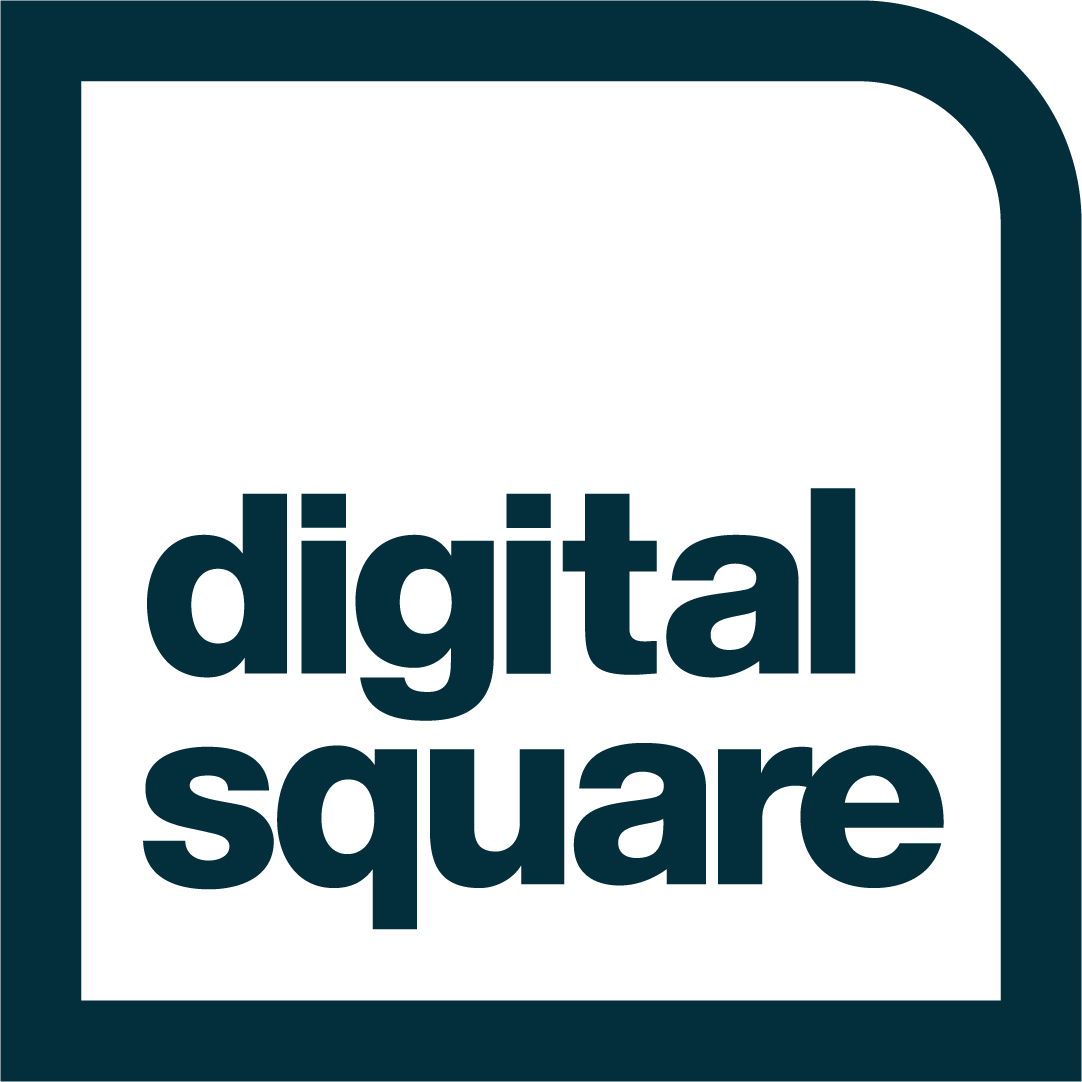Submitted by Karen Goh Gladders on Fri, 07/20/2018 - 17:53
Last revised by Digital Square on Mon, 04/15/2019 - 06:00.
Notice C Opportunity:
Announcement C0: Global Good Software Development and Support
Application Status:
Approved - partially funded


Comments
Thank you for your concept
Thank you for your concept note and we look forward to your full proposal. I recommend you expand on the software program features you propose to develop/enhance and tie these into user stories on how this will improve WelTel for clients. Please also indicate measures of success/indicators for each of the workstreams. As you budget, we recommend you budget per workstream and include these workstream budget figures in your budget narrative. Finally, I recommend you address sustainability of WelTel beyond the life of this project were it to be funded, particularly the East Africa Hub Office.
Thank you Amanda. As we are
Thank you Amanda. As we are developing the proposal and going through the various elements we have a few key questions related to whether we are in scope and should proceed.
First, the Global Good Maturity model seems to reflect health system informatics and excludes digital health aimed at improving patient care. WelTel is a digital health service that is aimed primarily at patient care, so is countries would use it as part of their patient care, not 'as part of their health information system'. We believe that improved patient care should come first, and that 'informatics/monitoring' follows. Cleary some of the work we intend for this is to link the patient care data into health systems data (EMRs/DHIS2), but the WelTel software itself is designed (and proved) to improve patient care and outcomes. Please clarify if we are in scope on this.
Second: despite the PATH Digital Square definition: Use Open Standards, Open Data, Open Source, and Open Innovation
From: Digital principles: https://digitalprinciples.org/principle/use-open-standards-open-data-ope...
..What being “open” means for your initiative will depend on practical and technical constraints, security and privacy concerns, and the dynamics of the people and networks in your space. For example, to what extent your initiative uses open source software will depend on the needs identified for your context and an assessment of which of the available options best meets those needs, factoring in their total cost of ownership.
The Global Good Maturity model does not reflect this.
This primarily seems to examine the level of open source code access, rather than either global good or level of software maturity. WelTel did open source a prior version of code via Mozilla 2.0, but found that this was not necessarily conducive to effective quality maintenance, scalability, and sustainability. In the poor remote areas we work, 'communities of developers' do not exist, and to meet SDGs and help close the digital divide we need well packaged and supported software solutions that are well supported and with quality assurance that cannot be affordably acquired by open source code - nor can a sustainable business model. We are working through best 'good licensing practices', which may include some degree of open source (not likely WelTel SaaS code, but certainly other know-how and most data). The Global Good maturity model does not fit with what we know about scalability and sustainability, nor with Square's own (more flexible and appropriate) definition of "open" above. Please indicate if we are in scope on this.
Thank you!
Richard
The description of the
The description of the consortium team and the description of a timeline refer to integration with EMR and DHIS2 (presumably Tracker) systems. However, in the list of activities, there is no reference to a task/activity that describes specific work to establish this integration. What does this integration look like? Do you envision a direct interoperability or the use of an HIE?
The project team also emphasizes the positioning of WelTel as a clinical intervention. This is of course appropriate. However, the objectives of many EMR implementation is also as clinical intervention even if conventional clinical documentation is often mandated/prioritized. In an intervention that combines both an EMR as the facility-based clinical information system and the “frontline digital health service” as implemented by WelTel, how will you facilitate proper impact evaluation of both components?